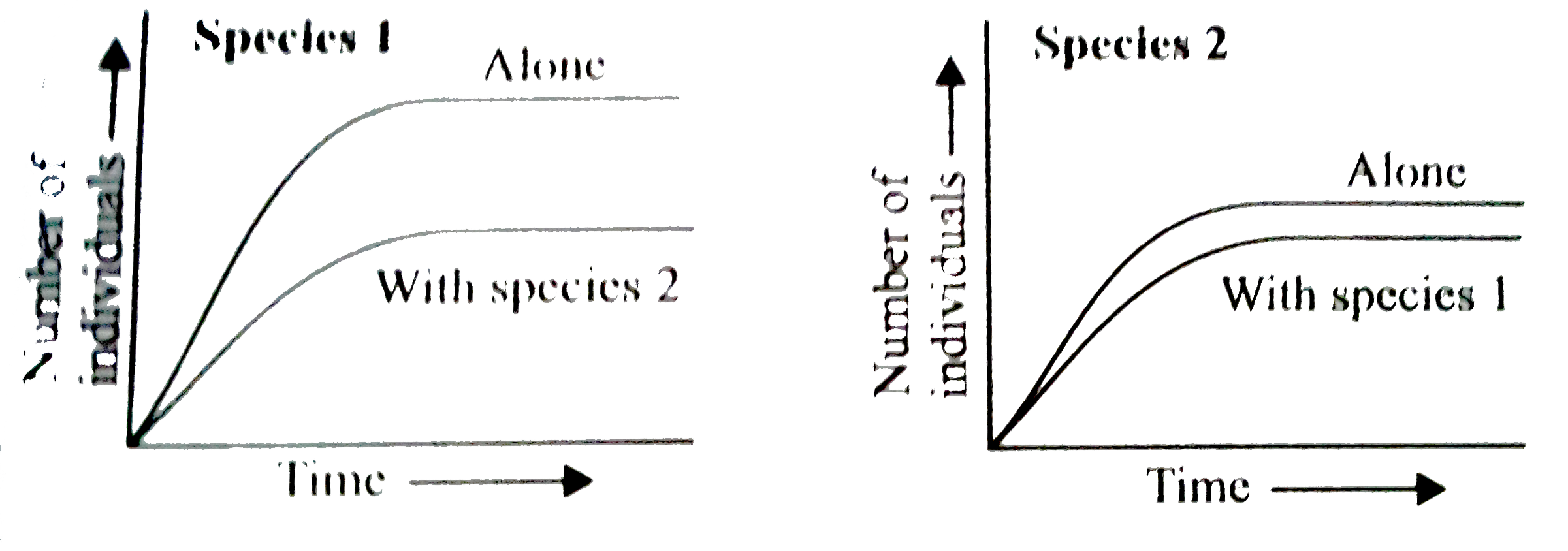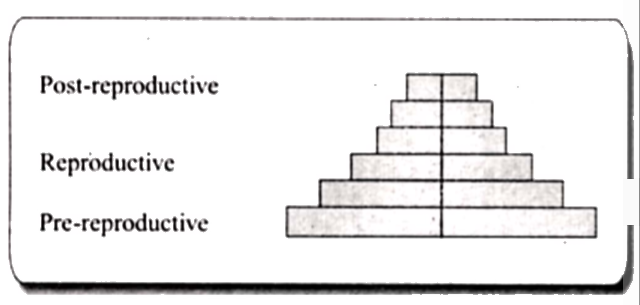Which of the following conlusions can be drawn from the girdling experiment?
Transport of food is bidirectional .
Xylem is the tissue responsible for translocation of food.
Xylem is the tissue responsible for the transport of water.
Phloem is the tissue responsible for translocation of food.
The correct Answer is:D
To solve the question regarding the conclusions drawn from the girdling experiment, we need to analyze the experiment and its implications step by step.
1. Understanding the Girdling Experiment:
- The girdling experiment involves removing a ring of bark from a tree. This process removes the phloem tissue, which is responsible for transporting food (sugars) produced in the leaves down to the roots.
2. Function of Xylem and Phloem:
- Xylem is responsible for the upward transport of water and minerals from the roots to the leaves.
- Phloem, on the other hand, is responsible for the downward transport of food from the leaves to other parts of the plant.
3. Observations from the Experiment:
- After girdling, it was observed that the area above the girdle (where the phloem was intact) continued to receive water but could not transport food downwards.
- The area below the girdle showed signs of starvation due to lack of food, indicating that the phloem's function was interrupted.
4. Analyzing the Options:
- Option 1: "Transport of the food is bidirectional." - This is incorrect because phloem primarily transports food from leaves to roots (downward).
- Option 2: "Xylem is responsible for the translocation of food." - This is incorrect as xylem is responsible for water transport, not food.
- Option 3: "Xylem is the tissue that is responsible for the transport of water." - While this statement is true, it does not directly relate to the conclusions drawn from the girdling experiment.
- Option 4: "Phloem is the tissue that is responsible for the translocation of food." - This is correct and directly relates to the findings of the girdling experiment, where the interruption of phloem function led to the inability to transport food.
5. Conclusion:
- The correct conclusion drawn from the girdling experiment is that "phloem is the tissue that is responsible for the translocation of food."
Final Answer:
- The correct conclusion from the girdling experiment is Option 4: Phloem is the tissue that is responsible for the translocation of food.
- The girdling experiment involves removing a ring of bark from a tree. This process removes the phloem tissue, which is responsible for transporting food (sugars) produced in the leaves down to the roots.
- Xylem is responsible for the upward transport of water and minerals from the roots to the leaves.
- Phloem, on the other hand, is responsible for the downward transport of food from the leaves to other parts of the plant.
- After girdling, it was observed that the area above the girdle (where the phloem was intact) continued to receive water but could not transport food downwards.
- The area below the girdle showed signs of starvation due to lack of food, indicating that the phloem's function was interrupted.
- Option 1: "Transport of the food is bidirectional." - This is incorrect because phloem primarily transports food from leaves to roots (downward).
- Option 2: "Xylem is responsible for the translocation of food." - This is incorrect as xylem is responsible for water transport, not food.
- Option 3: "Xylem is the tissue that is responsible for the transport of water." - While this statement is true, it does not directly relate to the conclusions drawn from the girdling experiment.
- Option 4: "Phloem is the tissue that is responsible for the translocation of food." - This is correct and directly relates to the findings of the girdling experiment, where the interruption of phloem function led to the inability to transport food.
- The correct conclusion drawn from the girdling experiment is that "phloem is the tissue that is responsible for the translocation of food."
- The correct conclusion from the girdling experiment is Option 4: Phloem is the tissue that is responsible for the translocation of food.
Topper's Solved these Questions
Similar Questions
Knowledge Check
Freundlich adsorption isotherm is given by the expression xm=kp1/n. Which of the following conclusions can be drawn from this expression ?
AWhen 1n=0, the adsorption is independent of pressure.BWhen 1n=1, the adsorption is directly proportional to pressure.CWhen 1n=0,xm us p graph is a line parallel to x-axis.DWhen 1n=0, plot of xm us p is a curveFreundlich adsorption isotherm is given by the expression xm=kp1n Which of the following conclusions can be drawn from this expression?
AWhen 1n=0, the adsorption is independent of pressureBWhen 1n=0, the adsorption is directly proportional to pressureCWhen n=0,xm vs p graph is a line parallel to x-axisDWhen n=0, plot of xm vs p is a curveFreundlich adsorption isotherm is given by the expression xm=kp1/n. Which of the following conclusions can be drawn from this expression ?
AWhen 1n=0, the adsorption is independent of pressureBWhen 1n=0, the adsorption is directly proporational to pressureCWhen n=0,xm vs p graph is a line parallel to x-axisDWhen n=0, plot of xm vs p is a curve
State the conclusions that can be drawn from Oersted's experiment.
View SolutionIn laboratory experiments, two species of the protist Paramecium (species 1 and 2) were grown alond and in the presence of the other species. The following graphs show growth of species 1 and species 2, both alone and when in mixed culture with the other species.
 Which of the following conclusions can be drawn from the graphs ?
Which of the following conclusions can be drawn from the graphs ?
View SolutionWhich of the following is the conclusion drawn from the experiment given below?

View SolutionWhich of the following conclusions were drawn from the α-rays scattering experiment?
View SolutionWhich of the following can be drawn on a piece of paper ?
View Solution

